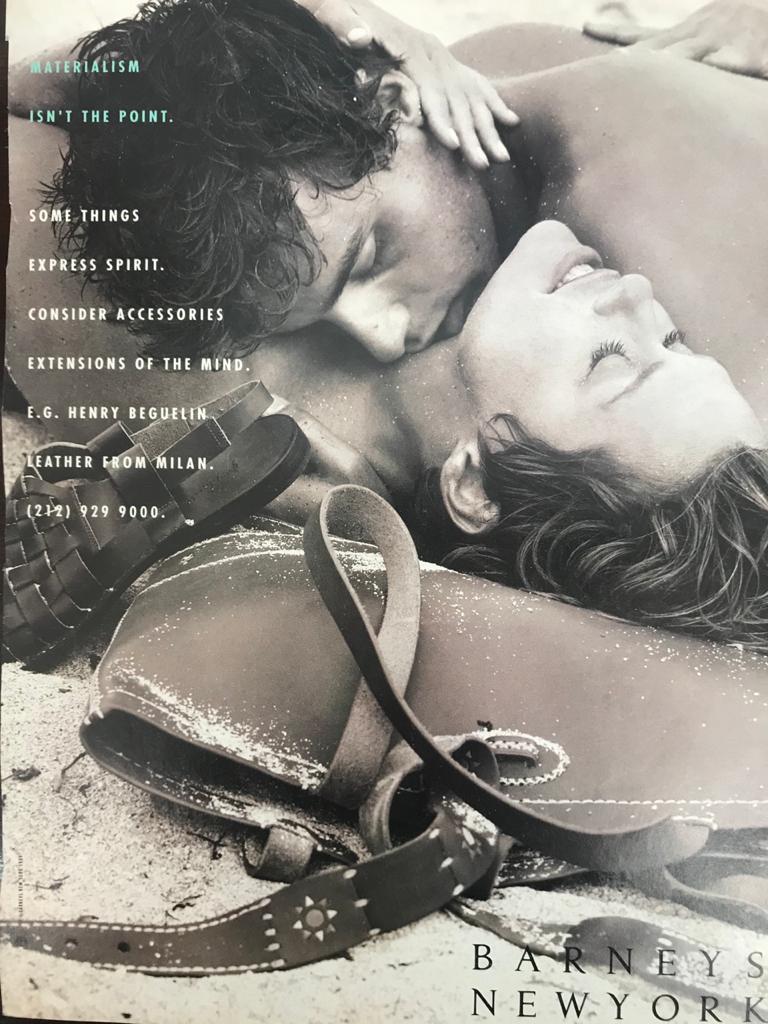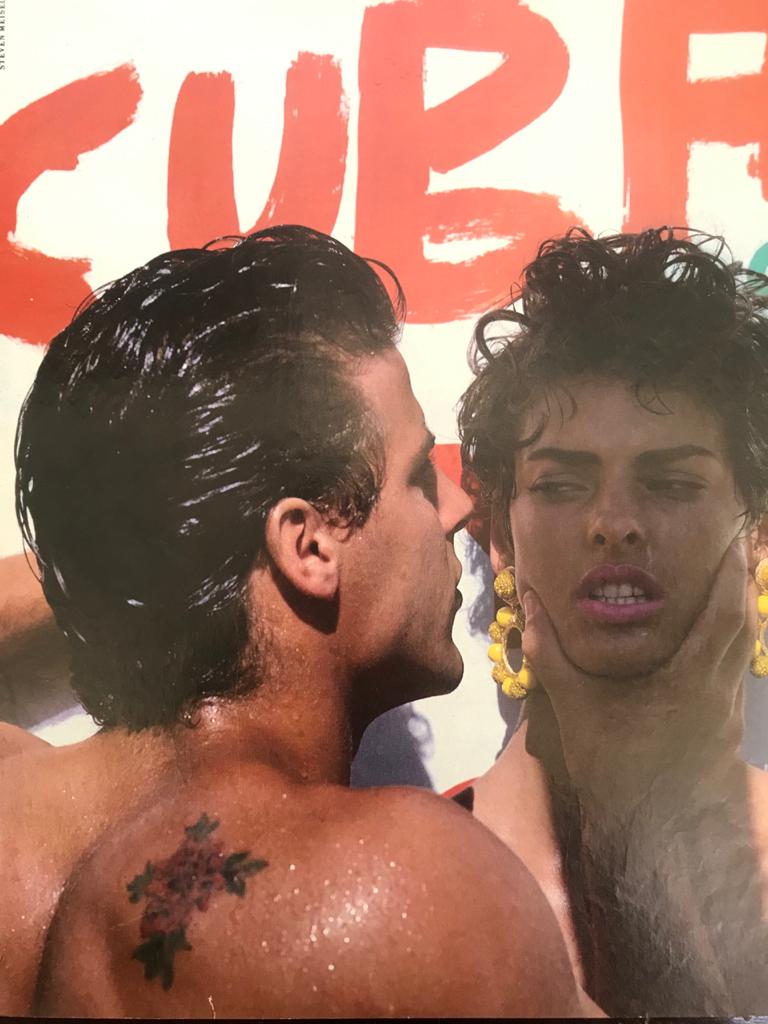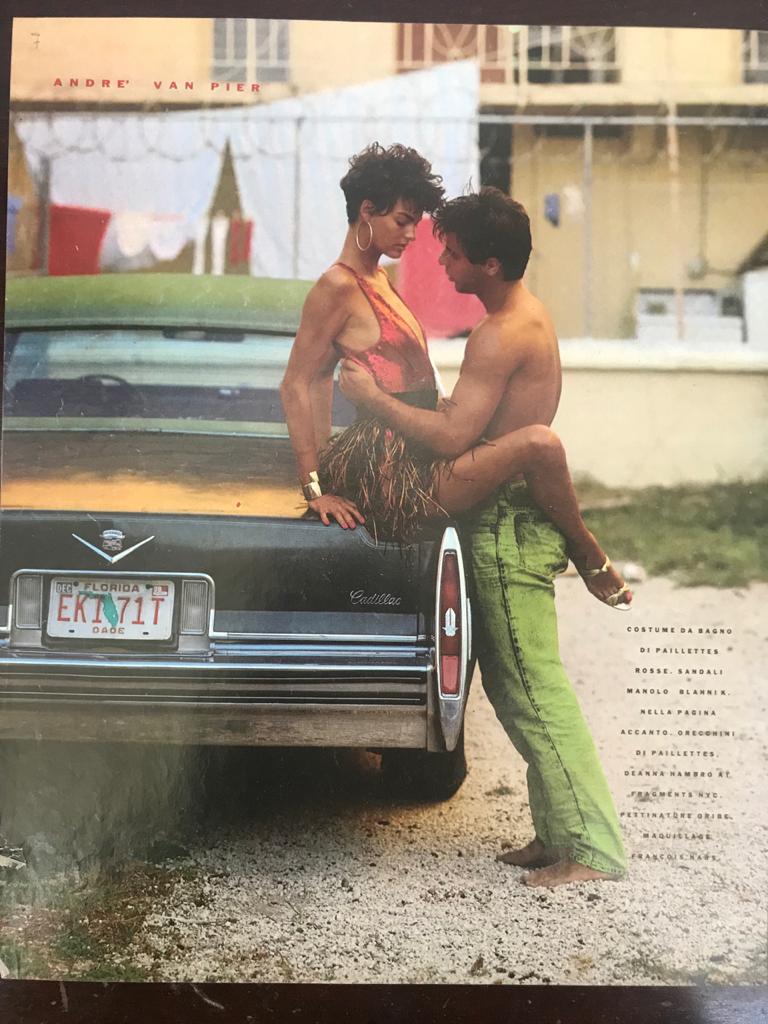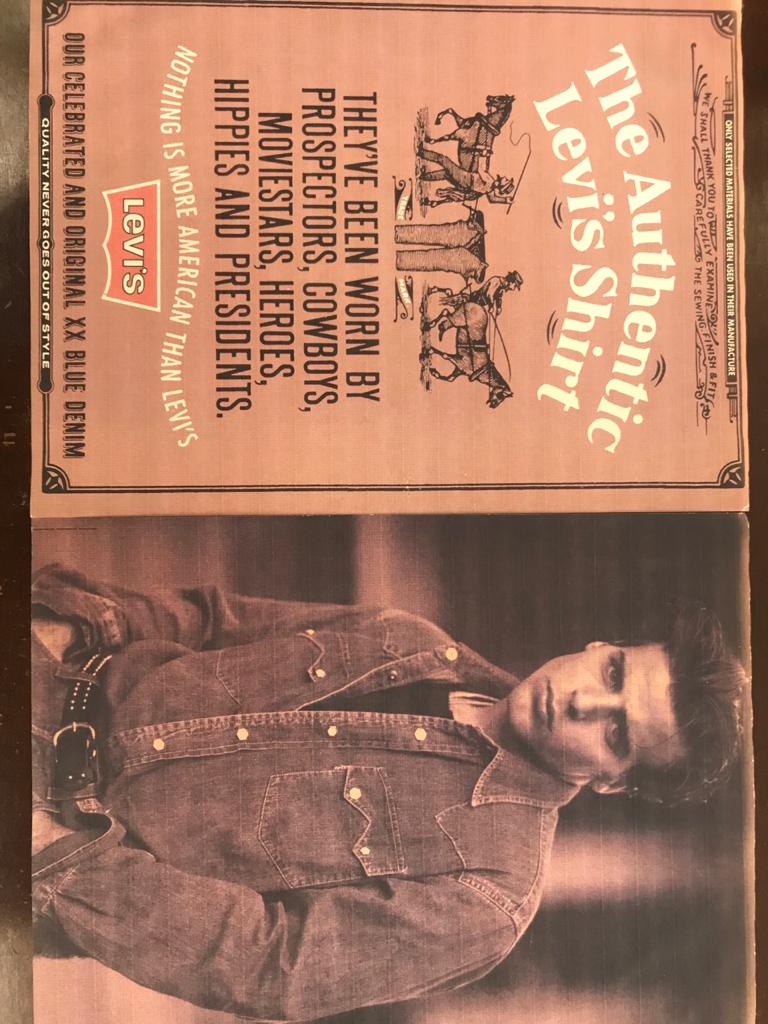MODELING AND COOKING: CURIOUS LIFE STORY OF THE FAMOUS ARGENTINIAN CHEF, OWNER OF PUNCH CURRY BAR



Not every famous chef can say to have posed for photos with Linda Evangelista and Lauren Hutton. Marcelo Moreno can. His life story is a recipe for success with unusual ingredients such as fashion, love, food and curry. Today he is the famous Buenos Aires chef at Punch Curry Bar, at this moment boldly and efficiently dealing with pandemic circumstances. How? Check his Instagram page @punchcurrybar.
His restaurant, “naif y kitsch, informal y colorido, en el Palermo Viejo” (La Naciòn) is located in Costa Rica 4818 street, C1414 BSN, Buenos Aires, Argentina and offers a selected range of different Thai and Indian traditions. “Punch is a small, warm and informal restaurant. The customer chooses the dish from the blackboard. Observe its preparation (the kitchen is in sight) and get it at the bar. One of the specialities is Tom Yan Gung soup”, from the magazine Clarìn.
For those who don’t know much about it, curry is not only tasty, but it is also ideal for the take away format and can be kept in the refrigerator for up to a week as well as in the freezer. A bowl of curry, prepared by Marcelo, is delicious and intense, perfect to fight the first coolness of autumn, as he said. Without any doubt, Moreno’s life has definitely a curry flavor. If you go to Buenos Aires one day, don’t hesitate to pay him a visit.
Your life is very interesting. In the past you were a famous model and now you are a famous chef. Would you have imagined that your life would go in that direction, from fashion to kitchen?
I do not feel I was a famous model but I did work with very talented, famous people and as a result, the photos were famous. I feel differently now. After a long time working in the kitchen and gastronomy, I can say that I am almost entirely responsible for my successes and my failures. The path of my life while I was a model was day by day, so it was difficult to imagine myself at that time doing what I do today. I was very young and then I lived things as they came.
You were also in Vogue in a photo session with Linda Evangelista. How do you remember meeting her and how did you feel watching yourself in a Netflix documentary, nothing less than about the life of the legendary editor, Franca Sozzani?
The series of photos with Linda Evangelista was the result of another series of photos that I had had three weeks before with Lauren Hutton and Steven Meisel for Barneys NY – it was my first job. Steven returned to Miami with Linda to take the photos for Vogue Italia and his team offered me participation in it as well. Linda impressed me with her beauty, which I still remember very well, and Maisel with his team for their incredible talent and professionalism. I have very nice memories. Regarding Franca Sozzani’s documentary, it seemed fantastic to me. I was very happy to see it. I think it helped me frame and better understand that time in my life. In those days, talent was at the disposal of fashion above all things. Franca’s talent in itself was the perfect marketing without any doubts. I am very happy to have been a part of that story.
You lived in several cities such as New York, Milan, Miami, Madrid and London, what have you decided is your place in the world, apart from Buenos Aires? Do you miss one in particular?
Each city has its own charm. I feel comfortable in Buenos Aires. I also have family in London, in Miami and New York, in any of those three cities I feel at home.
Where did you learn to cook Thai food? You are a successful chef and owner of one of the best restaurants in Buenos Aires named Punch. Why did you choose that kitchen?
I learned to cook for a need that arose in my own restaurant half way through the 90s. At that time my partner (mother of my second daughter Mia) cooked there and with her I perfected myself as chef traveling through Southeast Asia. Today I continue to surprise myself. I kept learning something new every day ever since. In other simultaneous projects that I had, I experienced signature cuisine, Italian and Peruvian-Japanese, but I feel more comfortable in the “curry” family. Never stopped cooking food with curry. I think Thai food is still one of the most sophisticated in the world. At Punch Curry Bar we cook in this style.
How much has it cost you to position yourself in such a different niche with respect to the common cuisines of Portena (Buenos Aires)?
In the 90s, in Argentina, we experienced an economic phenomenon when our currency was as strong as the dollar, which made many Argentinians start traveling around the world. In this context people considered our cuisine as part of their already known repertoire thus an eligible option. I believe in the quality of our products, in the dedication and professionalism with which we approach things at Punch Curry Bar. That is the key to our success. Unlike most restaurants in the world, we make our fresh curry paste and coconut milk daily, true to their traditional style. This makes a huge difference in the final product that reaches the table. On the other hand, I also really enjoy developing each gastronomic project in its entirety, from the aesthetic to the functional, going through all the processes: work, design, menu design, start-up, etc.
How does such a restaurant survive in the context of the pandemic and compulsory social isolation in Buenos Aires?
In mid-March in Argentina, mandatory isolation was decreed but gastronomy remained an essential service. From that moment my life changed. We went from having a full house to not being able to open doors, to have to communicate my cell phone number through networks and personalise sales and home delivery from here. Crazy. Gradually I began adding contacts and organizing myself in my neighborhood and the reaching other areas. So I took orders by zone, assigning specific delivery days and thus distributing to almost all areas of Buenos Aires. I also had to decide what to sell and what not to include in the menu. I decided not to sell any fried foods, for example, to see to the quality of the products that were delivered. During the five months I changed the usual opening hours and days several times. Today we are only open in open-air sectors: sidewalk and terrace, so deliveries have decreased. I feel that it is all very dynamic and that we must be willing to embrace change if we want to continue and survive in this market.
Written by Joanna Longawa
Photos come from the Marcelo Moreno’s archive














Hernan Pagani
Excelente la nota. Describe perfectamente las bondades de Punch, el mejor restaurant de comida asiática de Buenos Aires.